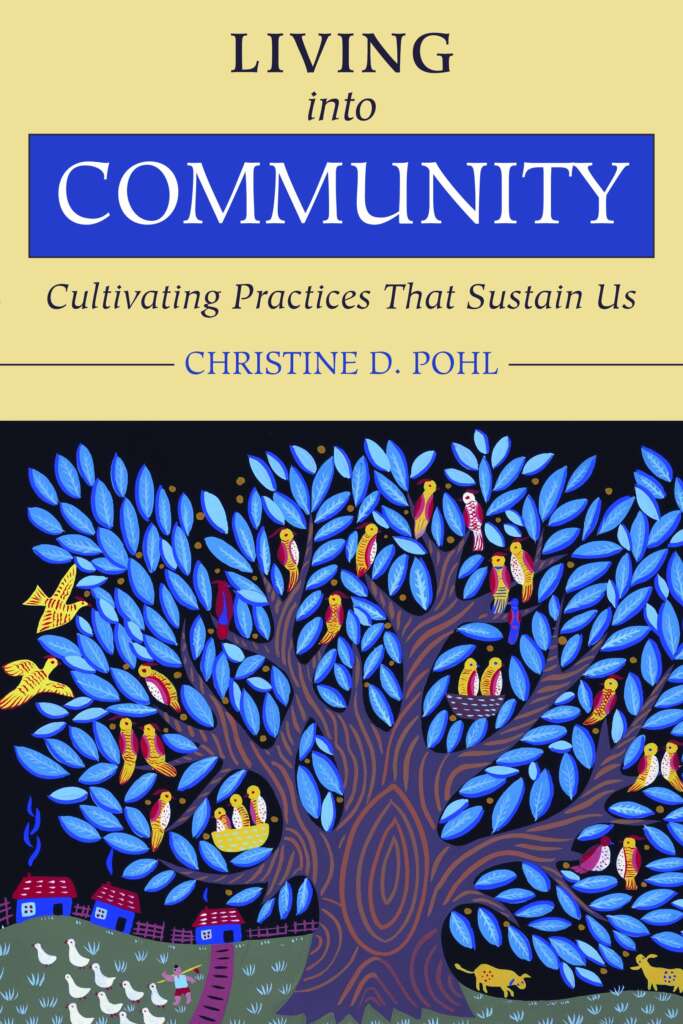Editor’s note: Eternity does not tend to publish book recommendations, except across the summer in our ‘Summer Reads’ series. But this one by Perth pastor Tara Conradt seemed like a helpful resource that could be of benefit to all of us in these times – so we made an exception!
There is a book that has been on my ‘to read’ shelf for way too long. But just recently, a few events (both personal and public) have led me to pick up – and not put down – Living into Community by Christine D. Pohl book. And now I can’t stop recommending it to everyone else.
 As a student, practitioner and teacher of community development, social science and theology at various times throughout my life, I’ve picked up many an attempt by an author to put into words the challenge of, and call to community that we face as those who follow Jesus or find ourselves amongst faith communities.
As a student, practitioner and teacher of community development, social science and theology at various times throughout my life, I’ve picked up many an attempt by an author to put into words the challenge of, and call to community that we face as those who follow Jesus or find ourselves amongst faith communities.
My experience has been that, as Pohl articulates early in her introduction, few of those authors have set to ground these reflections in the practicalities of community life, in the daily practical aspects of our faith.
Yet here, Pohl offers the reader 4 concrete examples of practices that can help build healthy communities. I won’t spoil it for you by listing them here, but suffice to say that I can see this book being helpful for pastors, ministers or leaders in communities of any shape and size, plus those lay people who are actively pursuing ‘Shalom’, peace and coherence in their communities.
“I can see this book being helpful for pastors, ministers or leaders in communities of any shape and size”
Beyond practical suggestions, or theological justifications, Pohl offers insight grounded in experience and qualitative research, and reflections that help name, and possibly navigate, some of the complexities of community life that arise as we pursue healthier ways of living, serving and worshiping together.
Drawing on quotes and sources from an incredibly diverse range of Christian voices and perspectives, Pohl offers many opportunities to consider building bridges, forming healthy relationships and forging the kind of communities that look like ‘on earth as it is in heaven’. And all these topics are explored using helpful anecdotes or hypothetical examples in explanation.
But what struck me most – and led to me recommending this book – is that, despite being written a few years back, the author’s insight and discernment is so on point that I would actually call it prophetic. I don’t mean that in some kind of predictive sense. Rather, I am talking about how the book speaks to readers just as we are and invites us to be more like what we are called to be.
Had I not known that I’ve owned the book since before 2020, I would have sworn the author was telling stories about actual situations that many of us have seen play out on the world stage and the public spot light in the last 12 months or so.
In short, this book (or Pohl!) sees us, tells it like it is, and offers hope that we can be better.



